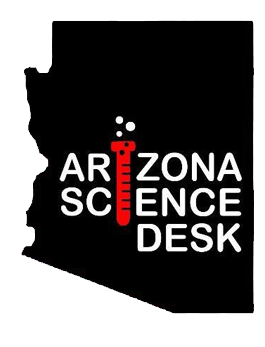 VIEW LARGER Bhaskar Banerjee, MD
VIEW LARGER Bhaskar Banerjee, MD Hearing you need a colonoscopy is something people over age 50 dread. A University of Arizona team is working to improve the results from these tests.
The diagnostic procedure is meant to find early signs of cancer. Doctors perform 14 million colonoscopies annually in the U.S. They miss about 25 percent of pre-cancerous polyps when scoping their patients. That can result in cancer developing, repeated procedures and increased medical costs.
“Colon cancer is a silent killer, and it’s a major silent killer, and colonoscopy allows you to find lesions before they become cancerous. And if you remove them, you prevent cancer,” said Bhaskar Banerjee, a UA gastroenterologist.
The colon is not a straight, smooth cylinder, and polyps can hide in the folds of the five-foot organ. Scopes used today provide only forward views as the instrument travels the length of the colon.
Banerjee and optical sciences professor Ron Liang are developing a dual-view endoscope that should improve what GI doctors observe in patients.
“The real challenge is to not only see forwards but in the colon you really need to see backwards at the same time,” Banerjee said.
Banerjee said initial tests of the device in a model colon greatly increased the percentage of simulated polyps observed compared with a standard colonoscope.
"Imagine you are driving a car and you are looking out the front windshield and then there is a mirror that wraps around the car that gives you at the same time a view backwards as well. What's really amazing about this device is that it captures both views together in a single screen," he said.
Banerjee said the new instrument should be approved for clinical use in three to four years. He hopes this technology will lengthen the intervals between colonoscopies.


By submitting your comments, you hereby give AZPM the right to post your comments and potentially use them in any other form of media operated by this institution.